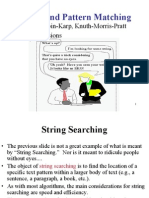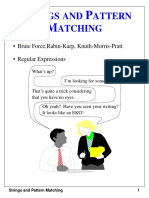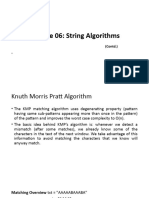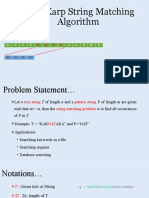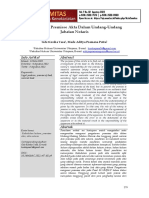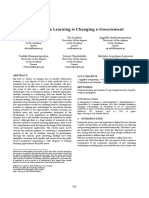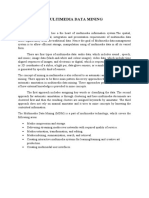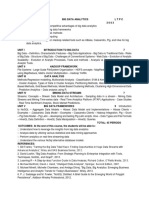0% found this document useful (0 votes)
74 views2 pagesRabin-Karp Algorithm
The Rabin-Karp Algorithm is a string search method that utilizes hashing to efficiently find occurrences of a pattern in a text, particularly useful for multiple patterns. It employs a rolling hash technique to compute and compare hash values of substrings, minimizing the need for recalculating hashes from scratch. The average time complexity is O(n + m), while the worst-case can reach O(n ⋅ m) due to potential hash collisions.
Uploaded by
gimen95655Copyright
© © All Rights Reserved
We take content rights seriously. If you suspect this is your content, claim it here.
Available Formats
Download as PDF, TXT or read online on Scribd
0% found this document useful (0 votes)
74 views2 pagesRabin-Karp Algorithm
The Rabin-Karp Algorithm is a string search method that utilizes hashing to efficiently find occurrences of a pattern in a text, particularly useful for multiple patterns. It employs a rolling hash technique to compute and compare hash values of substrings, minimizing the need for recalculating hashes from scratch. The average time complexity is O(n + m), while the worst-case can reach O(n ⋅ m) due to potential hash collisions.
Uploaded by
gimen95655Copyright
© © All Rights Reserved
We take content rights seriously. If you suspect this is your content, claim it here.
Available Formats
Download as PDF, TXT or read online on Scribd
/ 2








